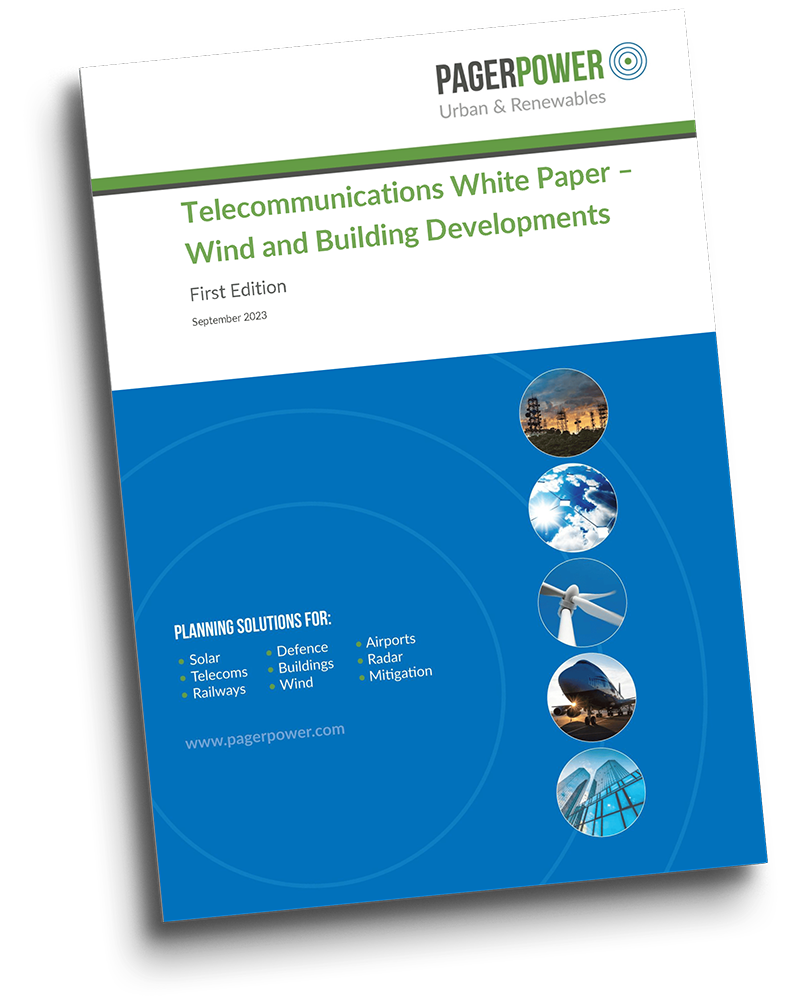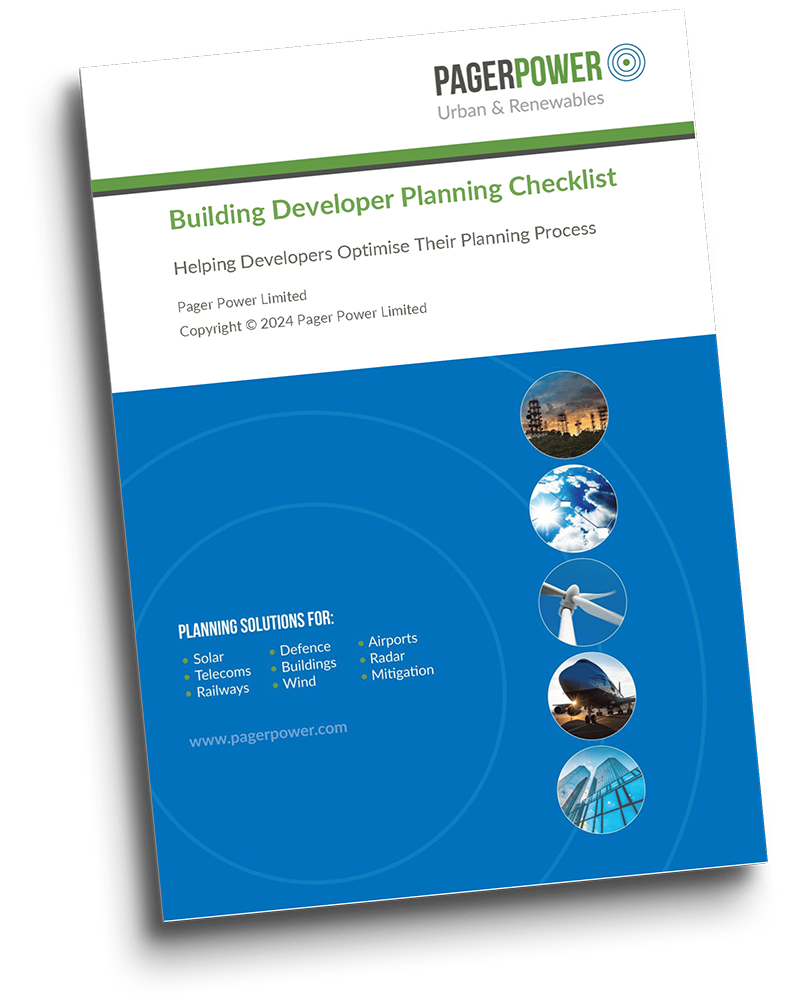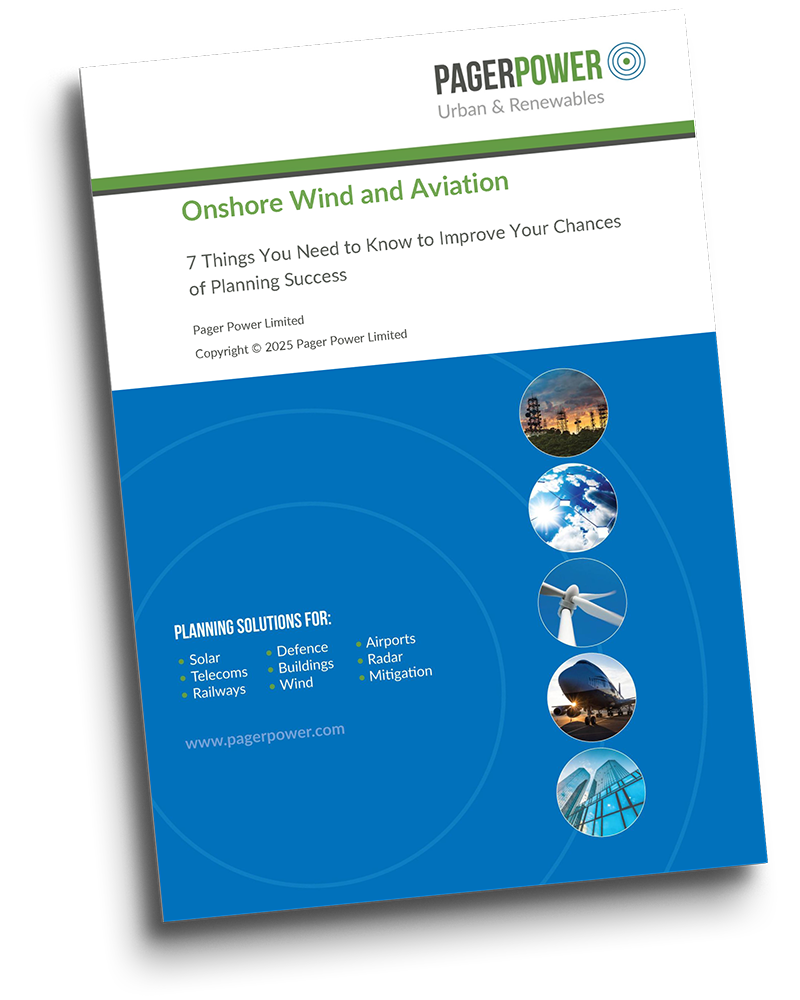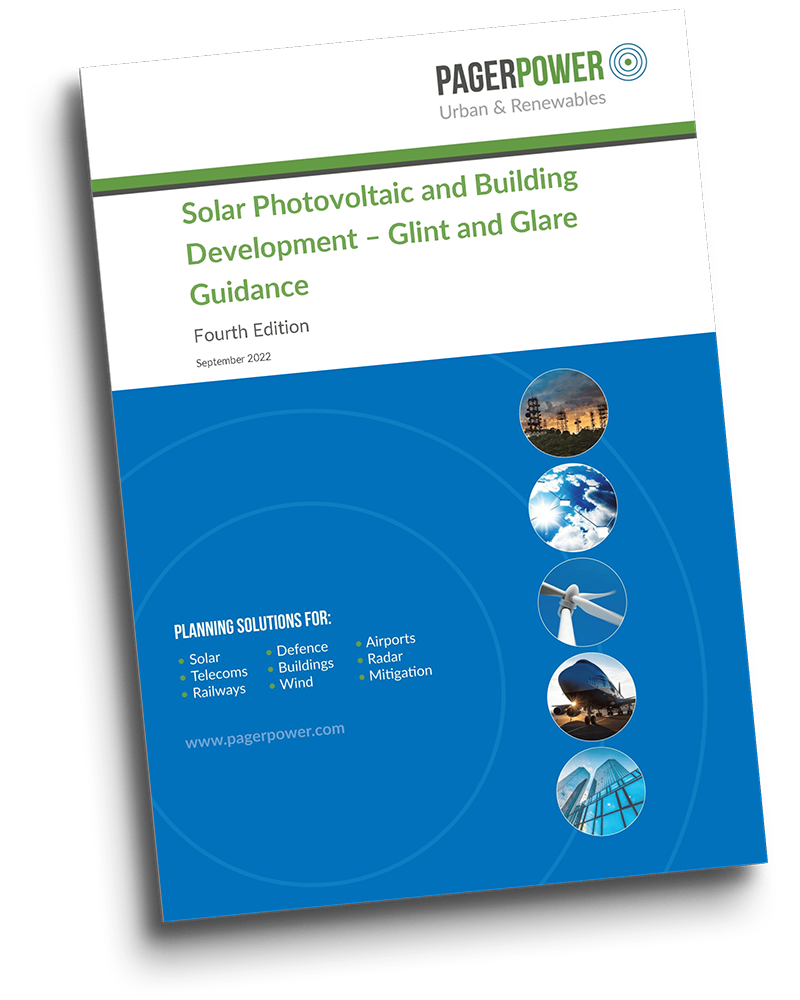Articles by Glint and Glare
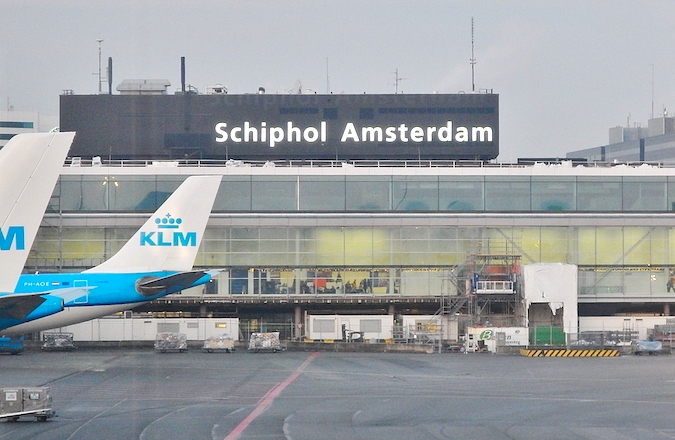
Schiphol Airport in Amsterdam is one of the world’s busiest airports [1]. It has six runways and processes tens of millions of passengers per year. Figure 1: Amsterdam Airport Schiphol. [...]

As solar energy continues to increase in prominence, so too does the policy framework surrounding this infrastructure. In this series of articles, we will discuss the guidance that is taking [...]

Veiling luminance is intense light energy coming from a light source which reduces visibility of other objects in the field of view. It is another way of measuring the perceived [...]
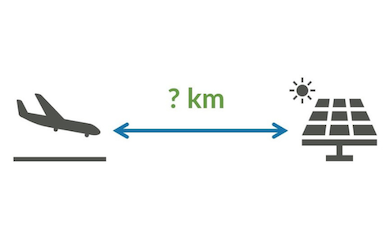
With the growing presence of solar PV developments, both on open land and upon rooftops, the co-existence of solar and airports in proximity to one another has become commonplace. In [...]
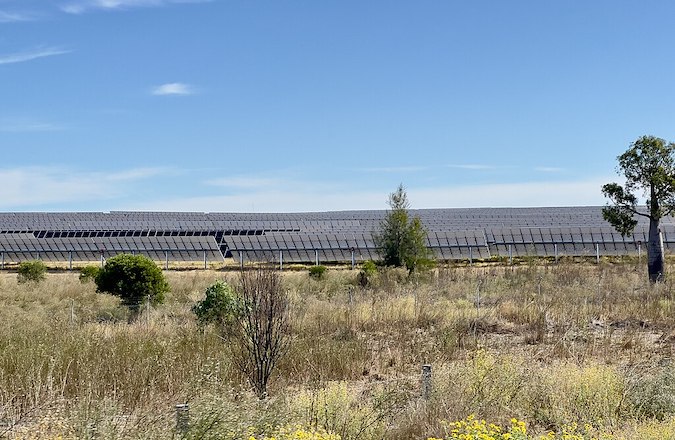
Understanding local planning policy and processes is paramount when conducting impact assessments to support planning applications. As part of our day-to-day, we need to be knowledgeable in this area to [...]

In the 3rd article in our series on the Baltic States, we take a look at a prominent high-speed rail development called Rail Baltica and compare this to the UK’s [...]

You may remember briefly learning about refraction in physics at school – light moves more slowly in denser materials and therefore light appears to bend when it moves through glass [...]

Glint and glare assessments require undertaking modelling to determine the locations and times at which solar reflections are geometrically possible. In this article, we explain what the technical requirements are [...]
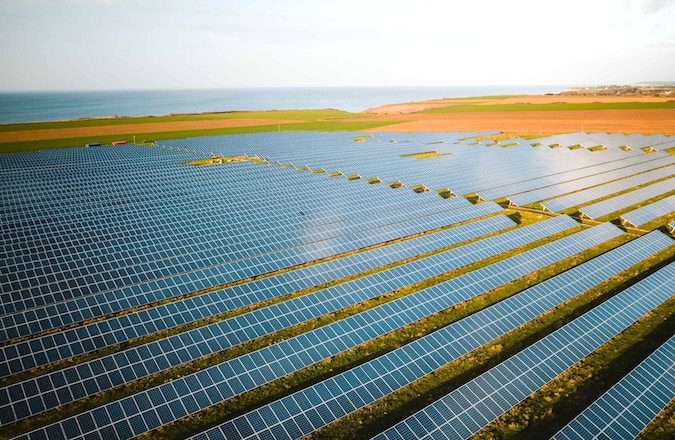
Developers of solar photovoltaic projects within the UK and internationally will be familiar with the potential constraints posed by solar glint and glare. The issue is also prevalent in other [...]
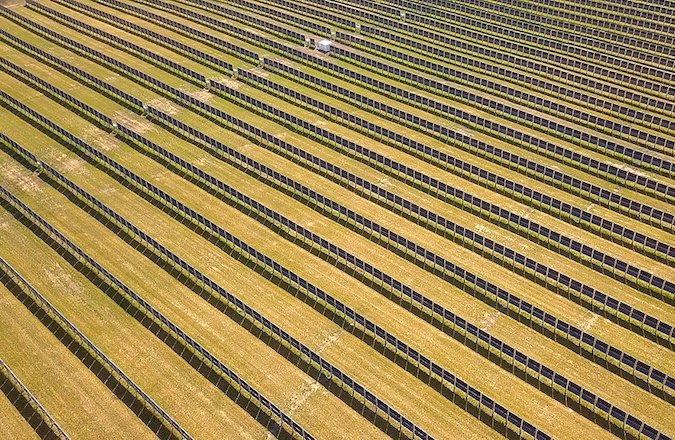
Pager Power has recently undertaken a comparison of glare guidance used in Germany and Pager Power’s own glint and glare guidance, used in the UK. Figure 1: Agrivoltaics solar plant, [...]

